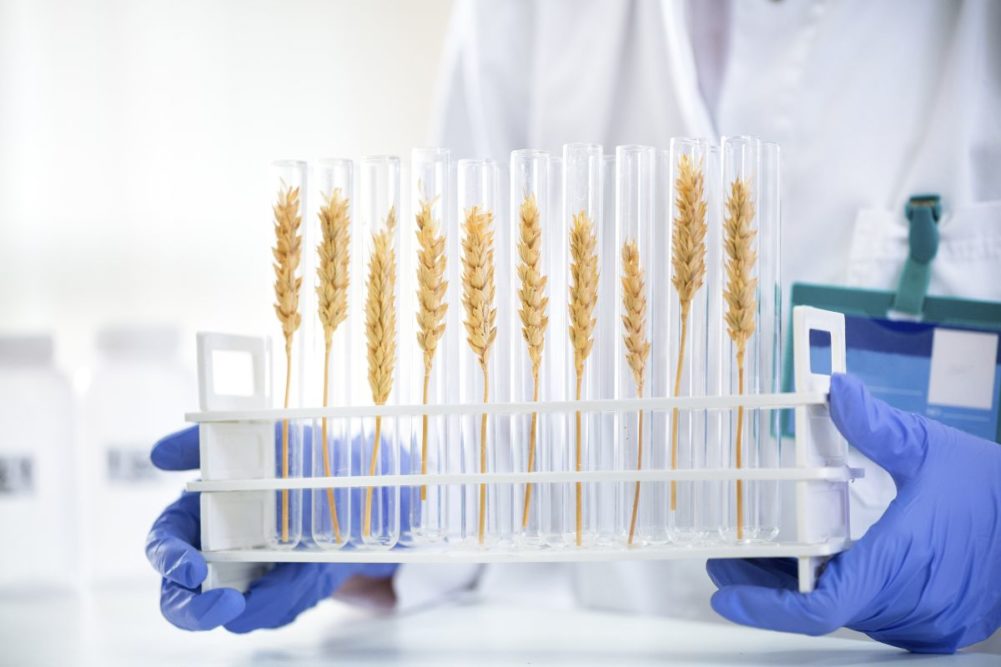KANSAS CITY, MISSOURI, US – After decades of taking a back seat to corn and soybeans with regard to crop science innovation, wheat has joined the race with a wide range of research and development transpiring in the areas of gene editing, genetic modification and hybridization.
 Arvin Donley
Arvin DonleyAlthough BASF’s recent announcement that it would discontinue its hybrid wheat seed development program in North America was disappointing, other promising developments are occurring on various fronts that could increase global wheat production and quality in the coming years. It’s important to note that Germany-based BASF will continue its hybrid wheat seed development in other markets, including Western Europe. China-based Syngenta said it remains committed to North America and will ramp up its availability of hybrid seed there in the next few years.
Hybridization is attractive because it offers similar advantages to genetically modified seed, namely higher yields and disease/pest resistance, while maintaining quality for end users without the almost religious-like opposition that GM crops endure due to perceived but not proven health-related concerns.
However, after years of being stuck in neutral, GM wheat is making inroads in several key wheat-producing countries. Argentina-based Bioceres Crop Solutions Corp. announced on March 3 that the Brazilian government concluded a safety evaluation of Bioceres’ HB4 Wheat, providing full approval for commercialization and cultivation in that country. It is the second country — along with Argentina — where regulatory agencies have cleared HB4 Wheat for cultivation. Brazil plants 2 million to 3 million hectares of wheat annually and, together, both countries account for 90% of South America’s wheat acreage. Bioceres also is making regulatory progress in Australia and the United States.
Because wheat is a food grain consumed directly by humans, unlike corn and soybeans, which mainly are used in animal feed, skepticism by a small but vocal group of activists/consumers is still a hurdle that must be crossed for GM wheat to become a mainstream option. But with wheat production increasingly constrained by extreme weather conditions and growing geopolitical tensions, the opposition to high-yielding, drought-resistant GM wheat likely will weaken in the years to come.
Perhaps the most promising of these developments is occurring in gene editing research. The sequencing of the wheat genome in the latter part of the last decade has allowed scientists to start engineering wheat to feature increased disease and pest resistance, better grain and flour quality, and better nutritional value.
In February, scientists hailed the success of Europe’s first field trial of wheat that was gene edited to remove a cancer-causing chemical. Rothamsted Research used CRISPR/Cas9 gene-editing technology to create wheat plants with a 50% lower level of the amino acid asparagine in their grains.
While all this progress is cause for celebration, wheat and milling industry officials will need to be patient. Widespread commercialization remains, at best, a medium-term prospect, if not long term, as numerous scientific and regulatory obstacles remain. But, at long last, major progress is being made that eventually will benefit wheat producers, millers, bakers and consumers.
Arvin Donley is the editor of World Grain.






